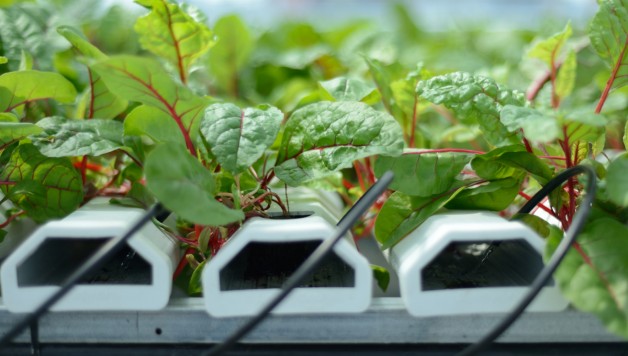Hydroponics is no different from any other form of agriculture. It is essential that your plants are receiving enough nutrients for soilless growing to grow and stay healthy. Generally, pre-mixed nutrient solutions can be purchased that will fill your needs, but creating your own customized solution of nutrients for soilless growing can sometimes be useful. This is particularly true in cases where one needs to do some fine tuning to ensure their plants are not in excess or deficient in any given nutrient. Below is a list of both macro and micro nutrients for soilless growing which are necessary in any hydroponic system.
Macronutrients
- Nitrogen (Nitrate or Ammonium are both typically used)
- Potassium (Potassium Nitrate or Potassium Sulfate are most commonly used. Sometimes Potassium Chloride is used)
- Phosphorous (Phosphates containing Ammonium and Potassium are commonly used. Also, Phosphoric Acid)
- Calcium (Calcium Nitrate)
- Magnesium (Magnesium Sulfate)
- Sulfur (Sulfur is sufficient with the sulfates present in Potassium Sulfate and Magnesium Sulfate)
Micronutrients
- Iron (A multitude of forms are used: Ferrous Sulfate, Ferric Sulfate, Ferric Chloride, Iron Ammonium Sulfate)
- Copper (Copper Sulfate)
- Zinc (Zinc Sulfate)
- Chlorine (Chlorine does not usually have to be added to the solution, since it is already present in most water)
- Boron (Boric Acid, Solubor, Borax)
- Cobalt (Cobalt Nitrate)
Credit to J. Benton Jones, Jr.’s book Hydroponics: A Practical Guide for the Soilless Grower, Volume 1. For more information, including how to recognize nutrient deficiencies and excess, as well as how to balance said nutrients accordingly, I would recommend giving his book a read. Jones has over 50 years experience in hydroponic growing and has written numerous other books on the subject.
Feature Image: Sky Vegetable farms uses the Nutrient Film Technique in their 8,000 sq.ft. greenhouse in the Bronx, NY. Image via Modern Farmer.
